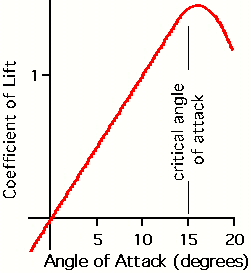James331
Ejection Handle Pulled
- Joined
- Apr 18, 2014
- Messages
- 20,309
- Display Name
Display name:
James331
Land something like a 206, 185, 208B, A9, etc in a heavy cross wind, tell me the flaps dont make a diffrence.
Or just re-read what the others, as well as myself, have already stated on this thread.
I know you love that AFM Ron, but flying isn't always paint by numbers.
Or just re-read what the others, as well as myself, have already stated on this thread.
I know you love that AFM Ron, but flying isn't always paint by numbers.
Last edited:










